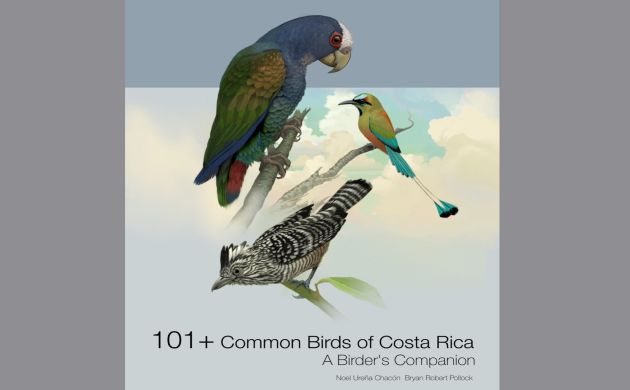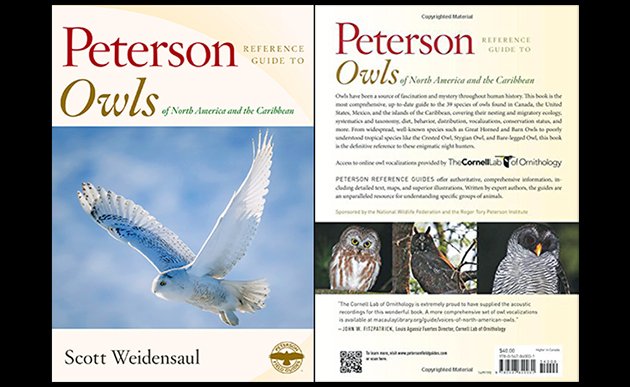The advent of advanced computing and the internet has been a incalculable boon to birders everywhere. However, the one area where birdwatchers have been slow to cross the digital divide has been in the realm of species identification. We birders just haven’t had good reason to leave our field guides on the shelf. But with Winged Explorer and iBird, a new day may just have dawned.
Let me disclose up front that I’ve known and followed Mitchell Waite for years. I liked his first parametric avian identification search platform, which I believe was called the Perceiva Bird ID Site. His system of identifying any North American bird by interactively stepping through the field marks was refined and expanded upon tremendously in Whatbird. But until now, these identification solutions lived online, whereas most field identification is attempted far beyond the reach of wifi. Now the incredible ID engine has been formatted for Windows Mobile devices and iPhones. These programs are Winged Explorer and iBird (Plus or Backyard) respectively.
I’ve been playing with Winged Explorer for a couple of weeks now and love it. Winged Explored basically enhances a full North American field guide comprising 891 species with audio for every bird in a package that fits into your mobile phone or PDA. Isn’t that cool? The audio component alone, just one of the many installed features, really makes this application useful in the field for me, as I never find the phonetic descriptions of bird calls in field guides very useful in recognizing the real thing. Plus, if you don’t recognize a bird, you can search its identity by Location, Shape, Size, Habitat, Color, Family, Bill Shape or Length, Head Pattern, Crown Color, Wing Shape, or Flight Pattern. Because you can further refine your search by each criterion, you can quickly drill down to a possible identification.
The Winged Explorer software, from its easy interface to the plentiful range maps, really impress. I will point out, though, one flaw that will prevent Winged Explorer from replacing your trusty field guide in the field, at least for the time being. The illustrations for many species are limited only to certain plumages. For example, I spotted a loon in Lake Ontario and wanted to show someone why it was a Red-throated and not a Common Loon. However, Winged Explorer only shows loons in breeding plumage, which happens to be useless in December. Since even experienced birders often need field references for female and juvenile plumage, this is a problem.
Even this flaw, however, highlights the opportunity of software over static media: instead of costly new editions, you get free upgrades. The publisher not only plans to add multiple photos of various plumages, ages, and sexes for each species but also free monthly updates that will include any new illustrations, images, taxonomic changes, etc. Everyone who buys and installs Winged Explored automatically gets a lifetime subscription. Imagine a field guide that keeps getting better and is always up to date!
This ultimately is why I believe in Winged Explorer and its sister application iBird. Having followed its lifecycle from when it was just a metaphorical twinkle in its developer’s eye, I like where it is and love where it is going. Frankly, the idea that a full audio-visual field guide of the birds of North America from coast to coast capable of fitting into a shirt pocket is just the beginning here really boggles the mind.
The list of features goes on and on. If you have a Windows Mobile device or iPhone, you’re going to want to pick up one of these applications soon, especially since the prices just went way down. In Winged Explorer and iBird, Mitch Waite may very well have just introduced the first true 21st century field guide.






 New writers welcome – please contact us for details.
New writers welcome – please contact us for details.

















If they could only find a way to marry this platform to David Sibley’s illustrations. Then birders could rule the world… or something.
Happy Hanukkah to me, Happy Hanukkah to me ….
Can you tell me which is better for someone who has never owned a PDA – Winged Explorer running on an iPAQ or iBird on an iPod Touch?
Goofy, did you ever get a response to your question? I’m in the same boat about choosing the IPAQ or iPod Touch. I think the ipaq would have a bigger screen, tho I’m not crazy about having to keep a stylus handy to use, at least that’s what it looks like. I’ve been looking at Thayer 3.9 software that goes on an iPod 120 gb but it looks like you only see and hear the bird without any of the other information, much less be able to use search parameters like Winged Explorer offers. If I understood their answer right, you can’t download the whole program, just the pictures with songs. That means you have to have a pretty good idea of what bird you’re looking at.
Frances the answers were that the iPAQ and all its cousins is considered stone age technology and it would be like diving into a black hole to get mixed up in any Windows Mobile technology. There are serious design issues with all Win Mo software because it has to run on so many different phones it is considered a “lowest common denominator” approach. The iPod touch is the way to go without question.
Thanks Goofy, I’ll check it out. I know Apple has a rep for writing much cleaner code and making better products than Microsoft, not surprised at your answer.
Frances
I’ve been checking reviews on the Touch and a frequent theme was poor battery life and poor sound quality. Any comments from users here?
Regarding iTouch and iPhone battery life: I have both an iTouch and a new-used 2G iPhone. I mostly use the iTouch for listening to audiobooks on long walks and while working around the yard. The iTouch actually has good battery life when used as an audio listening device even with moderate internet exploring and reading email via WiFi. I find my iTouch battery charge will last a few days. The iPhone seems to be another matter, and it appears that even moderate general use of the iPhone requires minimum daily charging. There are ways to extend battery life by turning off features like Bluetooth, and there are aftermarket attachments and cases which provide extended battery life (e.g. 2x-4X). For someone doing extensive field work, these devices might be desirable. The iTouch/iPhone appear to be terrific data bases for birding and other outdoor activities.
It’s been a while since any of the electronic Field Guides have been visited & it’s probably time for an update. Many things mentioned here are already dinosaurs (or should I say ‘birds’ :)). iBird is now into it’s 6th edition & has come a mighty long way since 2008 (I know this because I’m the lead Illustrator at iBird). There are several US versions available & a UK version too. We have introduced many new features & are adding new illustrations each month. Surely comprehensive review of Electronic Field Guides is overdue here as they are becoming a standard item in any birders kit & there are now several of them. (iBird is, of course, still the benchmark, and is only improving! with time)